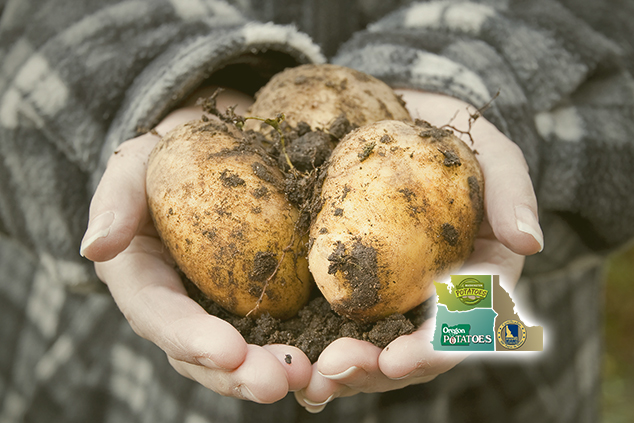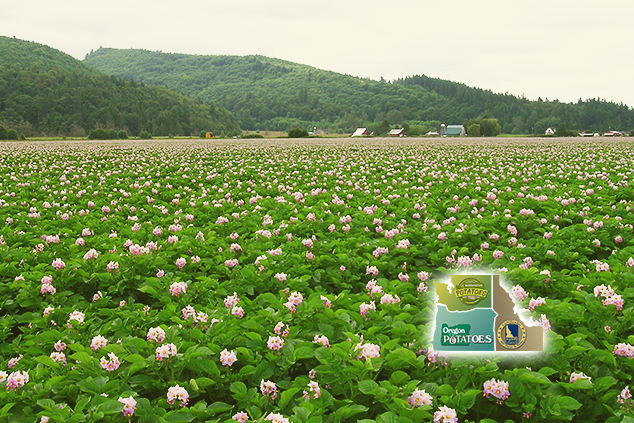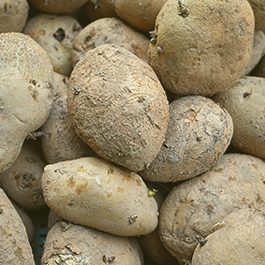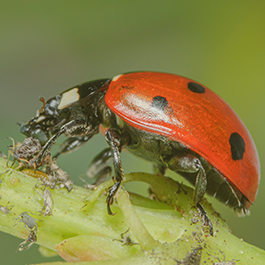Lygus bugs
General Biology and Crop Damage:
Small sucking bugs, brown to green and less than 0.25 inch long. They normally cause minor damage of unknown economic significance. Damage commonly consists of flagging of leaflets, leaves, or small stems. Chemical treatment for Lygus in potatoes probably is rarely needed. In recent years, some long-season growing regions in the Northwest have reported more severe leaf damage that may be related to Lygus feeding. Research on this subject is ongoing.
Biology and Life History:
Lygus such as the tarnished plant bug feed on many different plants including weeds, crops, and native species. Alfalfa fields often develop very large populations of Lygus, from which the insects may colonize potato. Lygus can be found throughout the growing season, and are common throughout the Northwest.
Scouting and Thresholds:
Lygus are easily found during normal scouting operations using a beating sheet/tray technique or observing insect activity while walking through the crop. Both adults and nymphs of all sizes are likely to be present at the same time. There are no established treatment thresholds for Lygus in potatoes.
Management:
Biological control: Generalist predators in potatoes, such as Geocoris big-eyed bugs, and Nabis damsel bugs, are known to prey on Lygus adults and nymphs. There are also braconid wasp parasitoids attacking Lygus in the Northwest.















